
The Kalmar Union was a personal union in Scandinavia, agreed at Kalmar in Sweden as designed by Queen Margaret of Denmark. From 1397 to 1523, it joined under a single monarch the three kingdoms of Denmark, Sweden, and Norway, together with Norway's overseas colonies.
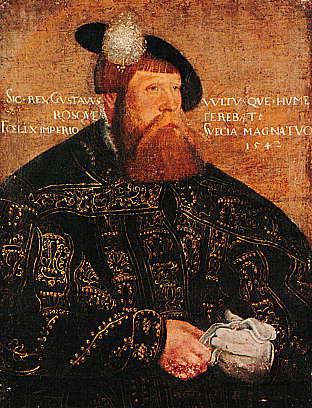
Gustav Eriksson Vasa, also known as Gustav I, was King of Sweden from 1523 until his death in 1560. He was previously self-recognised Protector of the Realm (Riksföreståndare) from 1521, during the ongoing Swedish War of Liberation against King Christian II of Denmark, Norway and Sweden. Gustav rose to lead the Swedish War of Liberation following the Stockholm Bloodbath, where his father was executed. Gustav's election as king on 6 June 1523 and his triumphant entry into Stockholm eleven days later marked Sweden's final secession from the Kalmar Union.
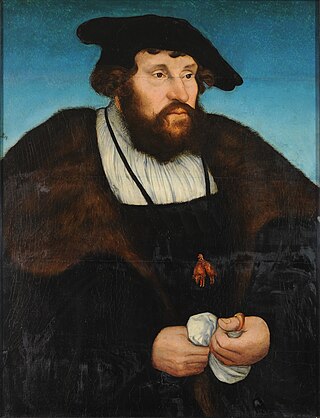
Christian II was a Scandinavian monarch under the Kalmar Union who reigned as King of Denmark and Norway, from 1513 until 1523, and Sweden from 1520 until 1521. From 1513 to 1523, he was concurrently Duke of Schleswig and Holstein in joint rule with his uncle Frederick.
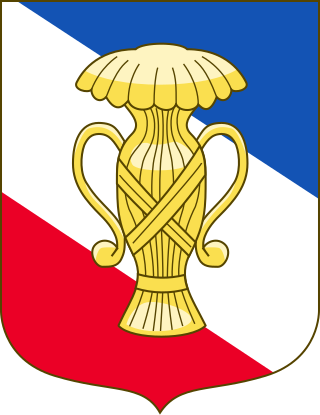
The House of Vasa or Wasa was a royal house that was founded in 1523 in Sweden. Its members ruled the Kingdom of Sweden from 1523 to 1654 and the Polish–Lithuanian Commonwealth from 1587 to 1668. Its agnatic line became extinct with the death of King John II Casimir of Poland in 1672.
The early Vasa era is a period in Swedish history that lasted between 1523–1611. It began with the reconquest of Stockholm by Gustav Vasa and his men from the Danes in 1523, which was triggered by the event known as the Stockholm Bloodbath in 1520, and then was followed up by Sweden's secession from the Kalmar Union, and continued with the reign of Gustav's sons Eric XIV, John III, John's son Sigismund, and finally Gustav's youngest son Charles IX. The era was followed by a period commonly referred to as the Swedish Empire, or Stormaktstiden in Swedish, which means "Era Of Great Power".

Christina Nilsdotter Gyllenstierna of Fogelvik was a Swedish noblewoman. She was married to the Swedish regent Sten Sture the Younger, and led the Swedish resistance against Christian II of Denmark after the death of her spouse. In her own lifetime she was simply referred to as Fru Kristina, but she has become known in history as Kristina Gyllenstierna because of the house of nobility to which she belonged.

Laurentius PetriNericius was a Swedish clergyman and the first Evangelical Lutheran Archbishop of Sweden. He and his brother Olaus Petri are, together with the King Gustav Vasa, regarded as the main Lutheran reformers of Sweden. They are commemorated by the Evangelical Lutheran Church in America on 19 April.
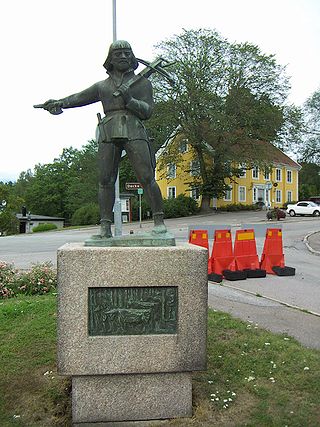
Nils Dacke was a Swedish yeoman who was the leader of a mid-16th century peasant revolt in the historic province of Småland in southern Sweden. The resulting Dacke War was fought against King Gustav I of Sweden of the Vasa family. It was the most widespread and serious civil war in Swedish history and almost toppled the king.

The Swedish War of Liberation, also known as Gustav Vasa's Rebellion and the Swedish War of Secession, was a significant historical event in Sweden. Gustav Vasa, a nobleman, led a rebellion and civil war against King Christian II. The war resulted in the deposition of King Christian II from the throne of Sweden, effectively ending the Kalmar Union that had united Sweden, Norway, and Denmark. This conflict played a crucial role in shaping Sweden's national identity and history.
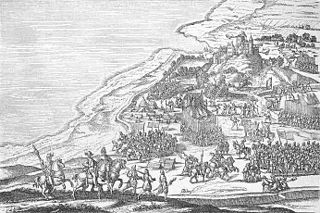
The Northern Seven Years' War was fought between the Kingdom of Sweden and a coalition of Denmark–Norway, Lübeck, and Poland–Lithuania between 1563 and 1570. The war was motivated by the dissatisfaction of King Frederick II of Denmark with the dissolution of the Kalmar Union, and the will of King Eric XIV of Sweden to break Denmark's dominating position. The fighting continued until both armies had been exhausted, and many men died. The resulting Treaty of Stettin was a stalemate, with neither party gaining any new territory.
Cecilia Månsdotter Eka also called Cecilia of Eka, was a Swedish noblewoman. She was the spouse of Erik Johansson Vasa and mother of King Gustav I of Sweden.
The Battle of Västerås was a battle in the Swedish War of Liberation that took place on Badelundaåsen, north of Västerås, Sweden on April 29, 1521. The Swedish troops, led by Gustav Vasa, defeated the Danish force, led by Didrik Slagheck, and conquered Västerås.

The relations between Denmark and Sweden span a long history of interaction. The inhabitants of each speak related North Germanic languages, which have a degree of mutual intelligibility. Both countries formed part of the Kalmar Union between 1397 and 1523, but there exists an inherited cultural competition between Sweden and Denmark. From 1448 to 1790 the two kingdoms went to war against each other at nearly every opportunity; in more than one case a new king tried to prove his worth by waging war on the other country for little or no political reason. Several Dano-Swedish wars took place between 1521 and 1814.
Sigrid Eskilsdotter (Banér) was a Swedish noble, the mother of the Swedish regent Christina Gyllenstierna and the maternal grandmother of King Gustav Vasa of Sweden.

The Conquest of Stockholm was a battle in the Swedish War of Liberation that took place in Stockholm, Sweden on 17 June 1523. The Swedish forces had for a long time laid siege to Stockholm, which was the last Danish stronghold in Sweden. The city waited for reinforcement from Denmark, but none came.

The Battle of Brunnbäck Ferry was the first major battle in the Swedish War of Liberation, between rebels rallied by Gustav Vasa that had marched down from occupied Falun and Danish troops from Västerås. The battle took place by the village Brunnbäck, near the ferry over Dalälven.
The Conquest of Uppsala was a part of the Swedish War of Liberation that took place on 19 May 1521. After defeating a Danish counter-attack outside Västerås, Vasa sent two of his military commanders, Jöns Olofsson and Lars Eriksson, to take control of the eastern province of Uppland. After passing through the hundreds of Simtuna and Torstuna, Jöns Olofsson was met by local Danish commander Bengt Bjugg and his forces, who defeated the rebels and killed Olofsson.
Events from the 1520s in Denmark.

In Swedish and Finnish history, Finland under Swedish rule is the historical period when the bulk of the area that later came to constitute Finland was an integral part of Sweden. The starting point of Swedish rule is uncertain and controversial. Historical evidence of the establishment of Swedish rule in Finland exists from the middle of the 13th century onwards.

Events from the year 1521 in Sweden













